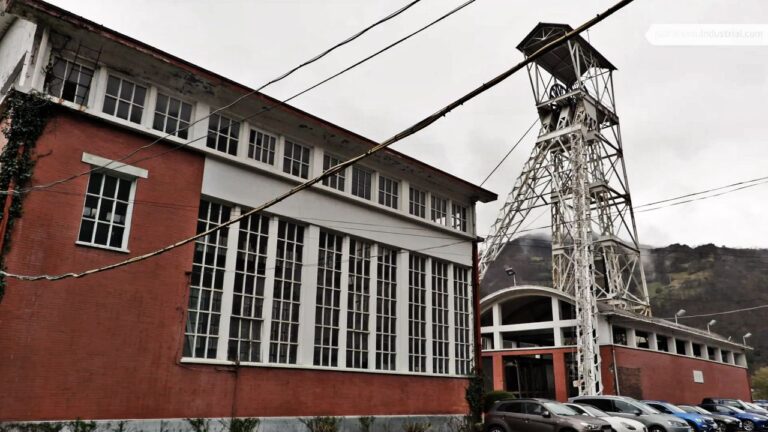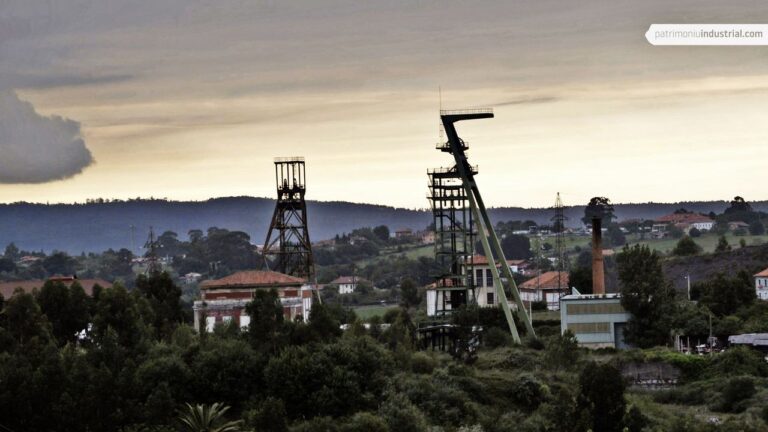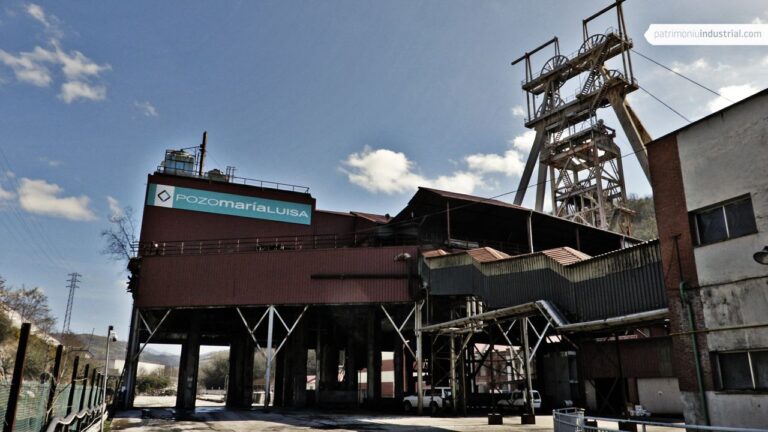Mining
At the beginning of the 20th century, the company Antracitas de Viñón was created by well-known regional and foreign industrialists with businesses in Asturias, such as Luis Belaunde (shareholder and president of Crédito Industrial Gijonés), or Francisco Elorduy from the Basque Country (owner of the Rimadero mines in San Martín del Rey Aurelio).
Throughout the 20th century, the company passed through different hands and names until 1953, when it came under the ownership of González y Díez. As the owner of Antracitas de Tineo and Minas de Lieres (heir to the former Solvay), González y Díez, who was aware of the mining business, made important investments in the mine in Cabranes: the transport of the mineral was definitively transferred to the road, after having been taken in carts to El Puntal or La Espuncia, in Villaviciosa. He also abandoned mountain mining, building an inclined shaft in which the headframe we are talking about is located. The Viñón headframe is therefore a structure whose function is to raise the extraction machinery that served the inclined shaft, housing it in a hut set on stone masonry walls. Thus, this headframe can be classified as a stone masonry one or, in this case, a mixed stone and brick masonry headframe.
The Viñón headframe is the only evidence of coal mining in the area, which was intensely active until 1969 in a coal area that is a northern extension of the central coal basin. The rest of the facilities have been demolished.









Recent Comments